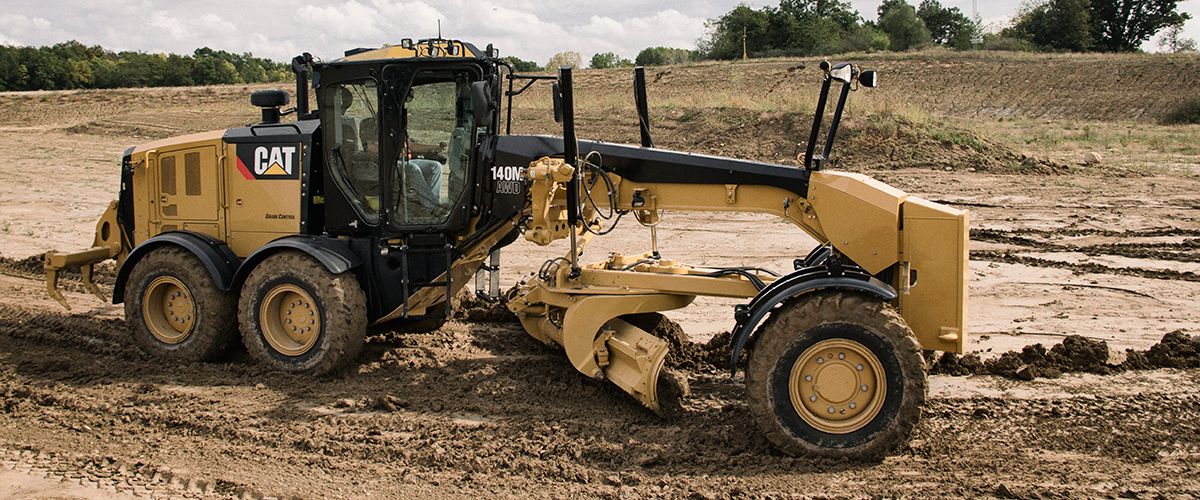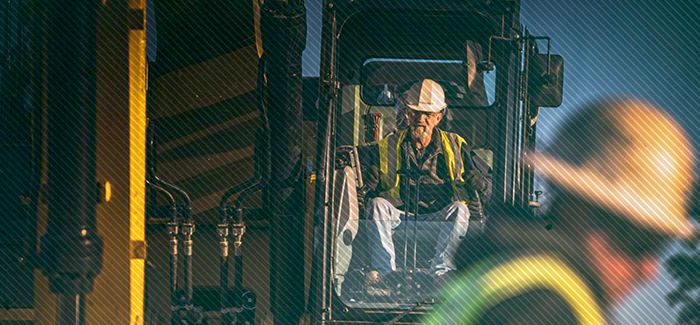

Sign In
Welcome! Sign In to personalize your Cat.com experience
If you already have an existing account with another Cat App, you can use the same account to sign in here
Register Now
One Account. All of Cat.
Your Caterpillar account is the single account you use to log in to select services and applications we offer. Shop for parts and machines online, manage your fleet, go mobile, and more.
Account Information
Site Settings
Security
5 Options for Selling
Used Equipment
If you’re thinking about making room for new equipment in your fleet, here’s something else to consider: How will you dispose of any older machines you no longer need — and get the best price for them? A trade-in is certainly an option, but it’s not your only one. Take a look at the pros and cons of five other ways to sell used equipment.
- Sell it yourself. If you like being in control of the process and don't mind some legwork, a private sle may be the answer. Place an ad online or in print, reach out to other busniess owners or put a “for sale” sign in the window. Advantage: You set a price, and the profits are all yours — no one gets a commission. Disadvantage: You may end up investing a lot of time and money on advertising, making appointments and negotiating a sale. Is it worth it?
- Sell it at an unreserved auction. At one of these events — which may occur live or online — every machine sells to the highest bidder. Advantage: Your machine is guaranteed to sell, and a diverse buyer pool may boost your returns. Disadvantage: You have no control over the final sales price, so you may end up settling for less than you think your machine is worth.
- Sell it at a reserve auction. Here’s an option if you like the idea of an auction but want more control over the selling price. At a reserve auction, you place a hidden minimum price on your machine. If the highest bid comes in below that price, it’s up to you whether to accept. Advantage: You don’t have to settle for a price you feel is too low. Disadvantage: There’s no guarantee your equipment will sell, sending you back to the drawing board.
- Sell it through a broker. Equipment brokers are industry experts who handle the tasks of facilitating inspections, negotiating terms and finalizing the sale of your equipment — for a price. Advantage: A broker’s experience and efforts likely will save you time. Disadvantage: A broker’s commission can be high, and there’s no guarantee of a good price to offset it.
- Sell it on consignment. The “consignee” (usually your local equipment dealer) takes on the responsibility of selling your machine. The “consignor” (that’s you) retains ownership until it’s sold. No money is exchanged and no purchase is transacted until a third party purchases the machine. Then, you receive the proceeds minus an agreed-upon consignment fee for your dealer’s service as the seller. Advantage: Your dealer has good connections, lots of experience marketing equipment and access to a broad buyer pool to help sell your machine quickly. Disadvantage: The consignment fee may eat into your profits.
Prepping your equipment for sale. Regardless of how you choose to sell your used equipment, there are some best practices you’ll want to follow in an effort to command a higher selling price:
- Clean the equipment thoroughly
- Service the machine to ensure it’s operational
- Repair any leaks
- Replace any broken glass
- Re-upholster any ripped seats
Which sales option is right for you? There’s no single correct answer, and what’s right for selling one machine might not be right for another. Weigh the pros and cons, and if you need a second opinion, ask the experts at your local Cat® dealer for their advice.
RELATED ARTICLES
You’re here to get ideas to grow your business. Read on for machine insights and expert tips and tricks to get more out of every job.
-
Winning The Work Tips For Bids
How you craft your bids has never been more important. You have to make sure that your bids are carefully created and include everything that could make the difference in winning the work.
Learn More -
National IPA Cooperative Contract
National IPA Cooperative Contract - Save taxpayer money.
Learn More -
Streamlined Purchasing Case Study
Streamlined purchasing looks at the total cost of ownership to help your operation.
Learn More -
Rolling Resistance Factors
You can use rolling resistance factors to help you identify which equipment will be most efficient on your worksite.
Learn More





